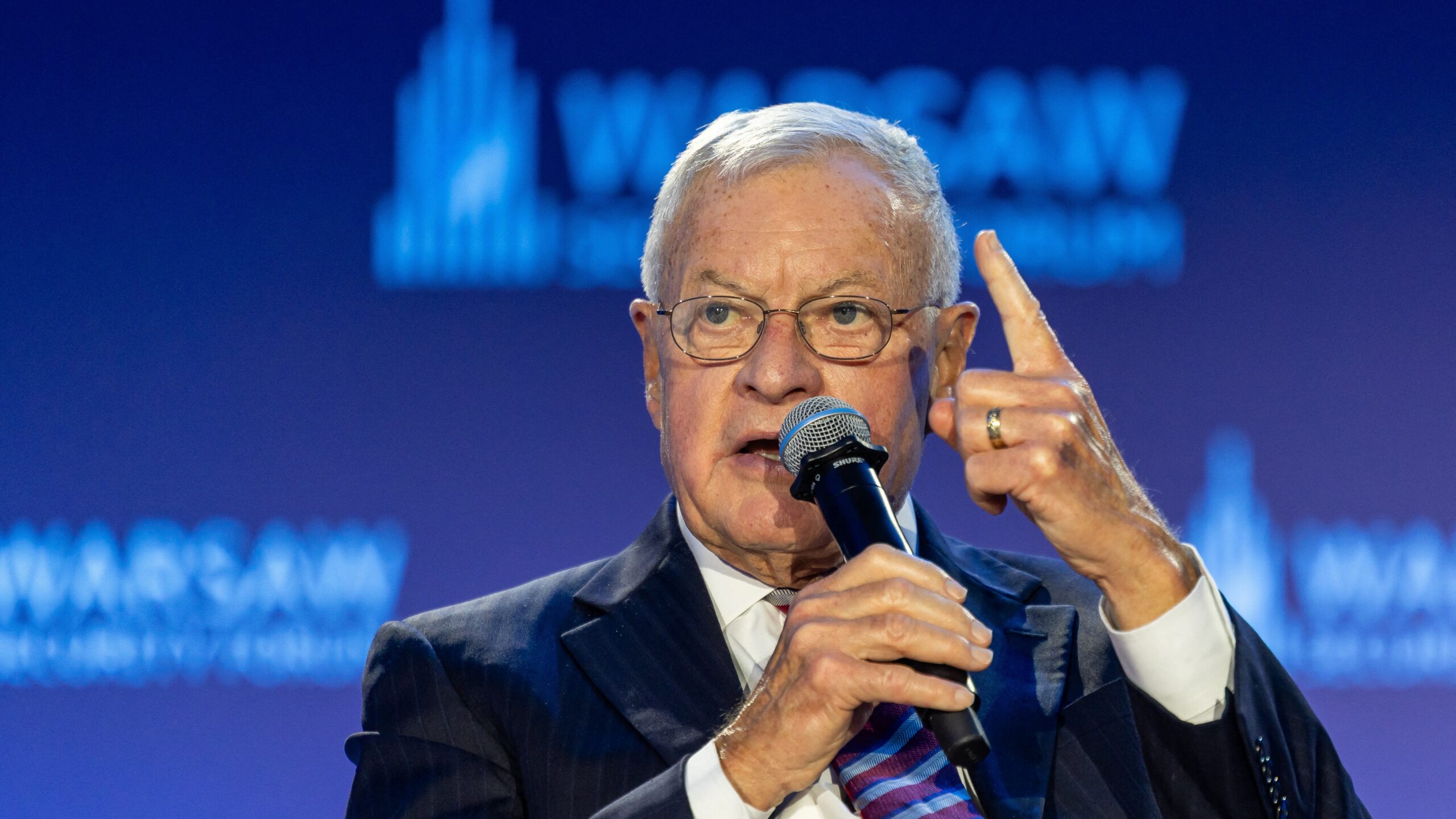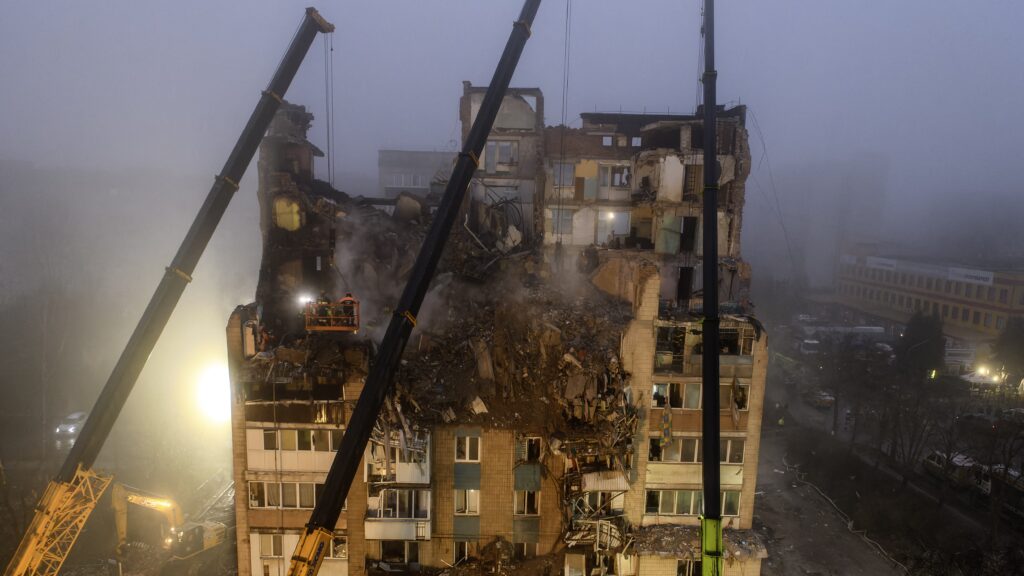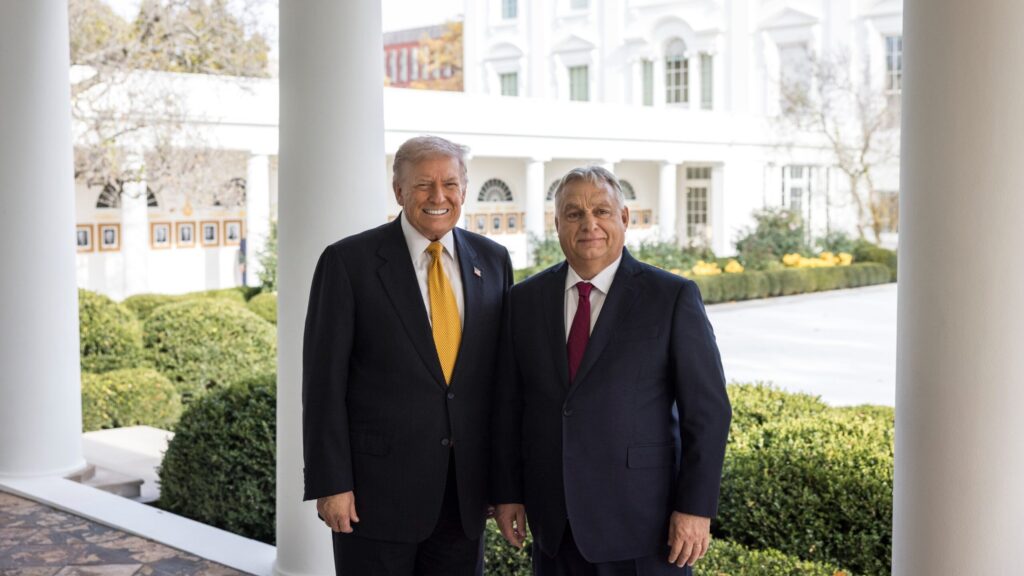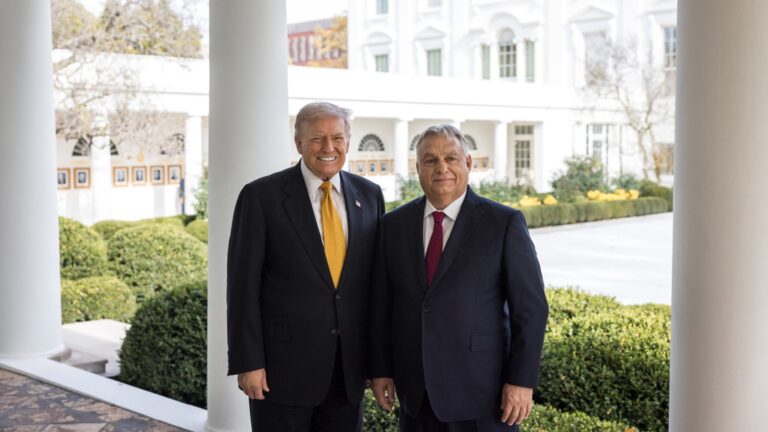Leaders from across Europe, North America, and the Indo-Pacific gathered in Warsaw on 29–30 September for the annual Warsaw Security Forum. The invite-only conference gathered the Defense, Foreign, and Prime Ministers of dozens of countries, as well as military officials, their staff, defense contractors, MPs, MEPs, NATO officials, and military experts to discuss the ongoing war in Ukraine and other pressing security issues.
With the raging war in Ukraine, Russia’s recent incursions into NATO airspace in Poland, Estonia, and Denmark, and the rising worries of war in the Pacific, one would probably imagine that the tone of the conference would be somber and serious. However, it was anything but. There was an undeniable sense of optimism in the air, an energy of confidence that only seemed to grow as more officials gave their keynote speeches and spoke on their panels. The consensus of the conference was clear: Europe has reawakened. Just as the Japanese awoke a sleeping giant when they attacked the United States in a surprise attack at Pearl Harbor, to all those who were in attendance, they sincerely felt that Europe was rising to meet the challenges of the 21st century.
While there was too much discussed to be summed up in a single article, there are three main takeaways from the conference you should be aware of. The first of which is: Ukraine will win the war against Russia. Without a doubt, the representatives of every country in attendance, whether they be a defense minister, general, or former head of state, all agreed: Ukraine would win. This sentiment was shared not only by the Europeans but also by President Trump’s special envoy for Russia and Ukraine, Lt. General Keith Kellogg, who delivered a keynote address at the conference, publicly stating: ‘Russia is not winning this war.’ The reasons for each speaker may have slightly differed, but all attendees agreed that Ukraine will ultimately be the winner of this war.
Even as the speakers and attendees of the conference agreed on the outcome of the war, there was still disagreement on how that should be concluded. A diverse array of statements and opinions was voiced. From the UK’s Lord Vernon Coaker, who argued ardently for a ‘NATO First’ policy in increasing support for Ukraine, to the Polish Deputy Prime Minister and Minister of Foreign Affairs Radosław Sikorski stating: ‘Only China can force Russia into a ceasefire’, there was no lack in diversity of thought when it came to how to end the war. This diverse array of opinions leads us to the second key takeaway: Attendees are unsure about negotiating with Russia. When asked, attendees of the conference more often than not stated that they felt that dealing with President Putin was pointless and that the Russians could not be trusted. Most believed that any peace deal made today with Moscow would only be violated tomorrow.
‘The reasons for each speaker may have slightly differed, but all attendees agreed that Ukraine will ultimately be the winner of this war’
The disagreement over the fruitfulness of negotiating with the Russians was a recurring point in many conversations held throughout the various panel discussions, lobbies, and meeting rooms at the conference. Wherever you walked, you could hear attendees debating over coffee whether continued diplomatic engagement with Moscow was in vain or even necessary. One thing was abundantly clear: no one in attendance trusted Putin or anyone in his administration to negotiate in any meaningful terms and fully expected that the Russians would immediately violate any agreement made and that anything they said would be a lie.
This leads us to the third key takeaway: President Trump was right, we need to rearm ourselves, and we need to do it the right way. At the conference, there was no shortage of defense contractors from throughout the NATO alliance, showcasing their latest missiles, submarines, aircraft, armored vehicles, and guns, making their case to those in attendance as to why their weapons systems were the key to the future of maintaining the peace and ending the war in Ukraine. Many of the new systems on display were redesigned based on the realities of the battlefield in Ukraine, where contractors proudly showcased how the lessons learned from the war have led to alterations in their designs, making them the most effective warfighting machines available on the market today. While these displays were all awe-inspiring, a major point that was raised in the conference was the need to ensure that we were investing in the right kind of weaponry. What is the point in spending billions of dollars on traditional weapons platforms, such as armored vehicles and aircraft, when drones that cost only hundreds to a few thousand dollars each can perform the same tasks as weapons systems that traditionally cost hundreds of thousands to millions?
After two days of discussion and debate, attendees left Warsaw on 1 October more optimistic and enthusiastic about the future than ever—a stark contrast to the atmosphere that followed the conference just one year ago. Those who had taken part in previous years, after the invasion of Ukraine in 2022, recalled a persistent sense of gloom. Now, however, that gloom has been replaced with a sincere belief that the war in Ukraine is soon to end, and that victory for Kyiv is all but assured.
Be sure to pay attention to events as they develop. Whether this optimism is warranted will be made clear sooner rather than later.
Related articles:







